Point of Know Return by Kansas
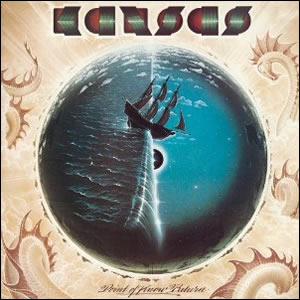 In 1977 while most classic rock artists were migrating towards simple, accessible music, Kansas was one of the last stubborn holdouts to compose pure prog rock. Although the band didn’t exclusively compose tunes in this genre, they still leaned mainly in this direction on their most popular album Point of Know Return. Even while going against the stream, the band managed to compose some of their most popular, enduring, and radio-friendly songs on this album. Point of Know Return would be the zenith of the band’s popularity, reaching #4 on the album charts and launching Kansas’ one and only major headlining tour in its wake. Soon the album’s cover image of a ship on the precipice of a waterfall would become the band’s signature image, replacing the image of abolitionist John Brown from the cover of their 1974 debut album.
In 1977 while most classic rock artists were migrating towards simple, accessible music, Kansas was one of the last stubborn holdouts to compose pure prog rock. Although the band didn’t exclusively compose tunes in this genre, they still leaned mainly in this direction on their most popular album Point of Know Return. Even while going against the stream, the band managed to compose some of their most popular, enduring, and radio-friendly songs on this album. Point of Know Return would be the zenith of the band’s popularity, reaching #4 on the album charts and launching Kansas’ one and only major headlining tour in its wake. Soon the album’s cover image of a ship on the precipice of a waterfall would become the band’s signature image, replacing the image of abolitionist John Brown from the cover of their 1974 debut album.
Kansas’ previous album, Leftoverture, had brought them to the attention of mainstream rock fans, bringing a new pressure and new tensions to the recording sessions for this follow-up album. The band’s lead singer and songwriter Steve Walsh even left the group briefly but was talked into returning by the other group members.
The rich arrangements and frantic movement of 9/10 of the album is counterbalanced by the subtle and beautiful folk of “Dust In the Wind”, which would become one of the band’s most recognizable songs. The song also, and which gives the album an air of diversity and uniqueness, Which assisted the band in their overall struggle to maintain a healthy balance of prog rock and pop.
 Point Of Know Return by Kansas |
|
|---|---|
| Released: October 11, 1977 (Kirshner) Produced by: Jeff Glixman Recorded: Woodland Sound, Nashville, TN & Studio In The Country, Bogalusa, LA, June–July 1977 |
|
| Side One | Side Two |
| Point Of Know Return Paradox The Spider Portrait (He Knew) Closet Chronicles |
Lightning’s Hand Dust In the Wind Sparks of the Tempest Nobody’s Home Hopelessly Human |
| Group Musicians | |
| Steve Wash – Lead Vocals, Keyboards Kerry Livgren – Guitars, Keyboards Rich Williams – Guitars Robby Steinhardt – Violin, Lead Vocals Dave Hope – Bass Phil Ehart – Drums, Percussion |
|
The album’s first two songs work in tandem, looking at the same theme from different points in time. The leadoff theme song has a title that has multiple meanings – discovery, knowledge, and overall risk-taking to achieve these goals. Musically, the song continues pretty much where Leftoverture left off, with a strong, highly melodic, and very accessible tone that has just enough “edge” to make it interesting to the critical listener. It contains great sonic performances by violinist Robby Steinhardt and bassist Dave Hope. “Paradox” is just as deeply philosophical but from a perspective of understanding “knowledge” once it has been discovered. I find the fascinating contrast between a ship at sea and the name Kansas – one of the most landlocked states in the USA – to perhaps symbolize this paradox graphically. Musically the song leans more towards prog rock than its predeccessor, filled with many rudiments and musical flourishes stuffed into a less-than-four-minute song.
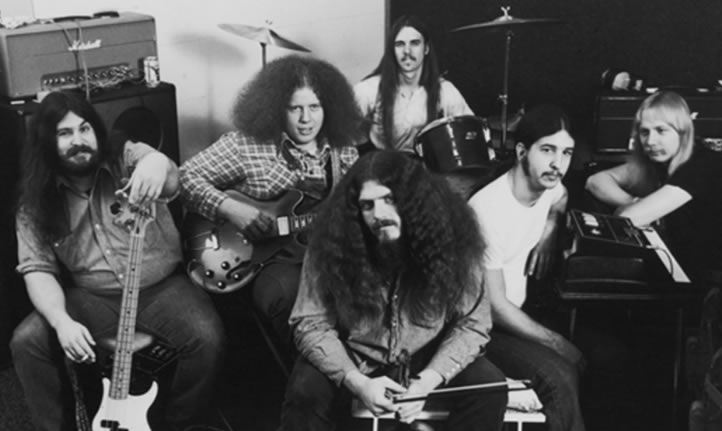
“The Spider” is an instrumental that doesn’t quite mesh because it is very similar to “Paradox” but then just a bit off. The result of the two back-to-back songs is a clash like contrasting shades of the same color. Its droning conclusion dissolves into “Portrait (He Knew)”, a pop-oriented song inspired by either Albert Einstein or Jesus Christ, depending on which band member you ask. It has a long intro before breaking into a decent and melodic song. “Closet Chronicles” is an extended piece that ends the first side. It has Baroque inspired lyrics with a tone in the vein of Genesis and a tragic conclusion of times forgotten;
“I heard the king was dying, I heard the king was dead, and with him died the chronicles that no one ever read…”
The second side of the album contains three songs which feature violinist Robby Steinhardt on lead vocals. “Lightning’s Hand” is the most hard rock oriented song on the album and actually lead to Steinhardt being injured on tour when a special “lightening effect” which was supposed to pass through a sword in his hand, gave him a major shock and caused his significant mane of hair to stand straight up. “Sparks of the Tempest” Is another song featuring Steinhardt on lead vocals and starts with a very funk-oriented feel before later morphing into a pure, guitar-oriented rock song.
“Dust in the Wind” was actually a last-minute addition to Point of Know Return, but would be its greatest success. The song was written by Kerry Livgren as a finger exercise for learning finger picking. His wife liked the melody and encouraged him to write lyrics for it. Livgren was unsure whether his fellow band members would like the song, which was a major departure from their style, but they accepted it. The great folk feel of the song is complemented by deeply philosophical lyrics which deal with mortality, the vastness of the universe, and an individual’s role in the bigger picture. While the inspiration for the song’s title was a Native American poem, it also fits well with the image of geographical Kansas, the heart of the “Dust Bowl” tragedy of the 1930s. Livgren is complimented by a second acoustic played by Rich Williams, harmonized violin and viola by Steinhardt and fantastic vocals by Walsh.
“Nobody’s Home” is another great song. A melancholy ballad which is very piano and keyboard oriented, it may be the most traditionally constructed song on the album. The closing song, “Hopelessly Human”, takes the opposite approach, as the band runs the gamut of styles and instrumentation with many disjointed sections featuring different lead sections by different lead instruments. The seven minute song is a bit too indulgent to be really all that entertaining and perhaps the one who shines brightest is drummer Phil Ehart, who manages to tie it all together. The song and album ends on the upbeat sound of harmonically chiming bells.
Eventually Kansas would morph towards being a purely pop/rock band, which sustained them with some hits in the 1980s but never quite captured the aura they possessed during their heyday in the late 1970s.
~
Part of Classic Rock Review’s celebration of 1977 albums.


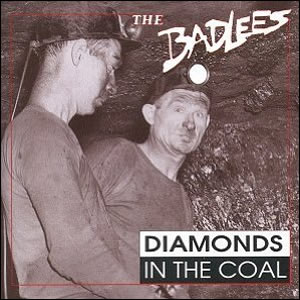
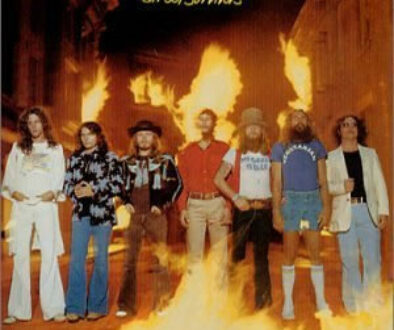
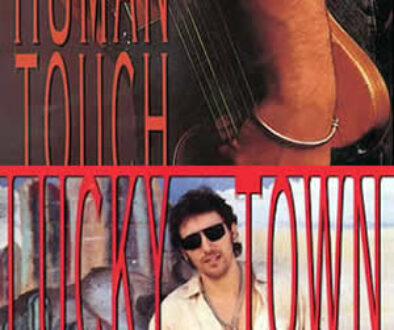
November 30, 2018 @ 9:06 pm
Didn’t they use the song “he knew”in a 20/20 or 60 minutes segment??!! If so who was it on the interview???
March 17, 2019 @ 10:36 pm
You have Hopelessly Human all wrong. It is the best track on the album. I hate when reviewers use terms like indulgent and pretentious when reviewing progressive music. Like trying to serve an untrained palate gourmet food, it is musician’s and artist’s music. Either you are one or you are not. For those of us that “get it” and then appreciate the changes, counterpoint and thematic development, it is pure ear candy. The song captures the adventurous theme of the album.
December 22, 2019 @ 11:30 pm
American Progressive Rock was a victom of mofonic record companies who wanted four minutes or less love songs with 4/4 beats they could play on the radio. Stupidity 101. The British had wzy more freedom and it showed. Kansas was a delightful exception. They hit it big before they had to compromise. Thank God. He knew is about Albert Einstein. Not a bad tune anywhere. This and Leftoverture are the apex of American Rock. Maybe The Allman Brothers or BOC in their prime but none better.
March 11, 2021 @ 11:30 pm
You might want to correct the spelling on Steve’s name, because without the ‘l’ “Steve Wash” has a different connotation.
“Group Musicians
Steve Wash – Lead Vocals, Keyboards
Kerry Livgren – Guitars, Keyboards
Rich Williams – Guitars
Robby Steinhardt – Violin, Lead Vocals
Dave Hope – Bass
Phil Ehart – Drums, Percussion”